In my new role I’ve had the privilege of working with educators in different parts of North America. Through this work, I’ve been inspired by educators who are excited about transforming education so that student learning is engaging and prepares them for an ever changing future. In conversations with these educators, I’m amazed by the great work being done in pockets throughout however, I have started to ponder: how we can move forward in even greater ways? How do we “build capacity” (a term that I’ve often heard), not just within our own schools, districts or provinces but beyond that to ensure that great learning is happening for students throughout? What are ways in which we can support and inspire each other to continue the great work? How do we highlight inspirational stories in education on a large scale?
I’ve used social media – Blogs, Twitter, Facebook, Google + – and in-person meet-ups through conferences and events. Inevitably I run into the same people at conferences and online and while they inspire me and push me further in my thinking as an educator, how do we connect all of the little pockets that are out there? In this post, I’m sharing a few ways in which I have connected with others and am hoping to start a conversation on how to take things even further.
I actually love Twitter! Three and a half years ago when a former principal suggested that hop on to join a chat that he was having at a conference, I had no idea how my world would change. Little did I know the great impact it would have on my teaching and the many connections over time. From co-creating #tdsbEd to following education hashtags, it’s become my daily dose of inspiration on-the-go. I’m fortunate to have found fantastic people to follow and have had the opportunity to meet and learn from many of them. In what ways have you used Twitter to connect with others? Are there specific hashtags or handles that you follow because they have helped you grow as an educator or sparked an interest? Please share!
Alright…I know that it’s 2018 but I am new to Facebook. It’s taken me years to finally jump on and it’s been an interesting experience. On the FDS Facebook page, there are amazing posts that we share related to trends in education and I’m hoping to use this educator group as an online community where people can ask questions, share ideas and even get feedback on some of the innovative approaches used to engage students in classrooms.
ETFO Events
Do you find that face-to-face interactions are more appealing? ETFO always has amazing events for members. I’ve attended many in the past and find that they create a great environment for networking. I have lasting friendships resulting from a couple of events. Many of these events center around current and relevant issues in education with a lens on equity. Every event has allowed me to walk away feeling empowered and at the same time reflecting on myself and my interactions with others. I’m grateful to have had the opportunity to attend events and highly recommend them to every educator. Potentially, you’ll gain a new network of critical friends who might call you to go further in your own learning.
These are just some of the learning spaces that I’ve been a part of. I know that many, many more exist. How do we expand them even further? Have another innovative space where amazing learning is being showcased? Please share them!

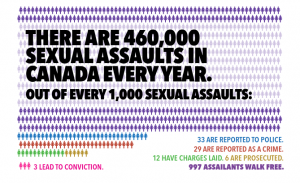 imately 460,000 women are sexually assaulted, although only a fraction of them report the assault to the police (1).
imately 460,000 women are sexually assaulted, although only a fraction of them report the assault to the police (1).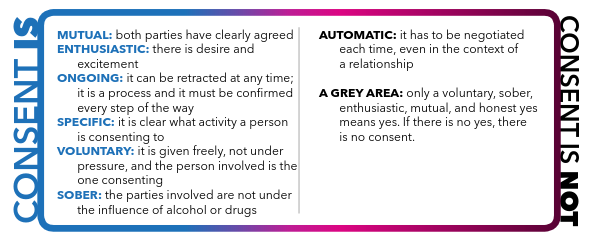
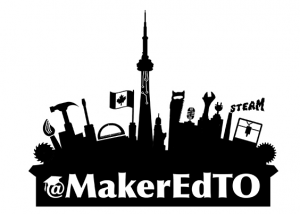
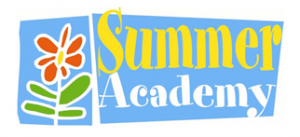

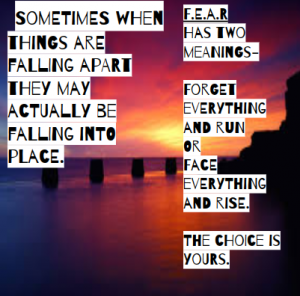

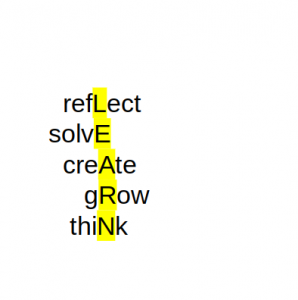
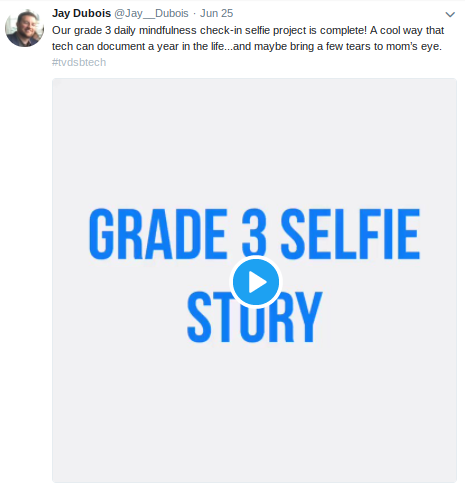
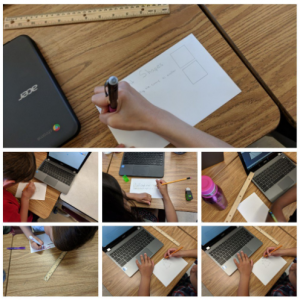
 the terms we were going to be investigating, students were asked to look at some of his works and identify the geometric concepts contained within. They were amazed by the number of concepts that could be found in his works. They measured angles and classified them as acute, right or obtuse. They compared shapes and lines, some even realizing that some of the shapes were created by other shapes and lines intersecting.
the terms we were going to be investigating, students were asked to look at some of his works and identify the geometric concepts contained within. They were amazed by the number of concepts that could be found in his works. They measured angles and classified them as acute, right or obtuse. They compared shapes and lines, some even realizing that some of the shapes were created by other shapes and lines intersecting. Once we had the chance to investigate Kandinsky’s works, we set off on a mission to try to create our own Kandinsky inspired works using Google Drawings. In pairs, students used at least 7 of the concepts that we were learning about to create abstract, labeled digital drawings.
Once we had the chance to investigate Kandinsky’s works, we set off on a mission to try to create our own Kandinsky inspired works using Google Drawings. In pairs, students used at least 7 of the concepts that we were learning about to create abstract, labeled digital drawings.